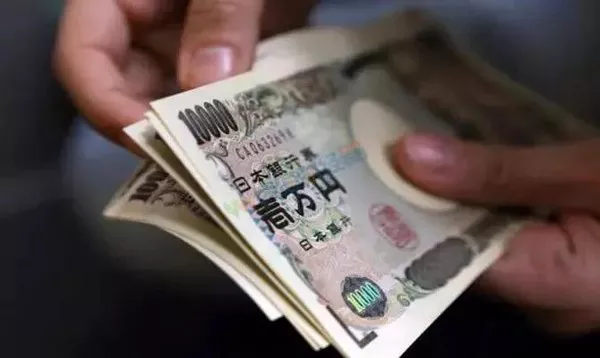During Thursday’s Asian session, the AUD/JPY cross surged to its highest level since May 1991, reaching around 109.35. The uptrend marks the third consecutive day of gains, driven by multiple factors influencing market sentiment.
Speculation that the Bank of Japan (BoJ) may increase interest rates in response to a weakening Japanese Yen (JPY) has bolstered momentum. This optimism was underscored by a Bloomberg report revealing BoJ’s series of in-person meetings with financial institutions to evaluate scaling back Japanese Government Bond purchases. Reuters also reported, citing unnamed sources, that the BoJ is likely to revise down its economic growth forecast for the year and maintain inflation around its 2% target in upcoming meetings.
Additionally, a risk-on sentiment prevailing in the market, which typically diminishes the appeal of safe-haven currencies like the JPY and supports risk-sensitive assets such as the Australian Dollar (AUD), further contributed to the AUD/JPY’s upward trajectory.
Further boosting the AUD/JPY pair are expectations that the Reserve Bank of Australia (RBA) might consider raising interest rates, contrasting with speculations that Japanese authorities could intervene to stabilize the Yen, potentially tempering bullish sentiment.
Market analysts highlight the USD/JPY pair’s pivotal level at 165.00 as a potential intervention threshold, indicating minimal encouragement for JPY bulls. The breach of the 108.60 resistance level earlier this week reinforces the current bullish trend for the AUD/JPY cross, suggesting a favorable outlook for continued gains.
In summary, the AUD/JPY cross’s recent ascent reflects a combination of factors including potential BoJ policy adjustments and prevailing market sentiment favoring risk-sensitive assets over safe-haven currencies.
Related Topics:


























